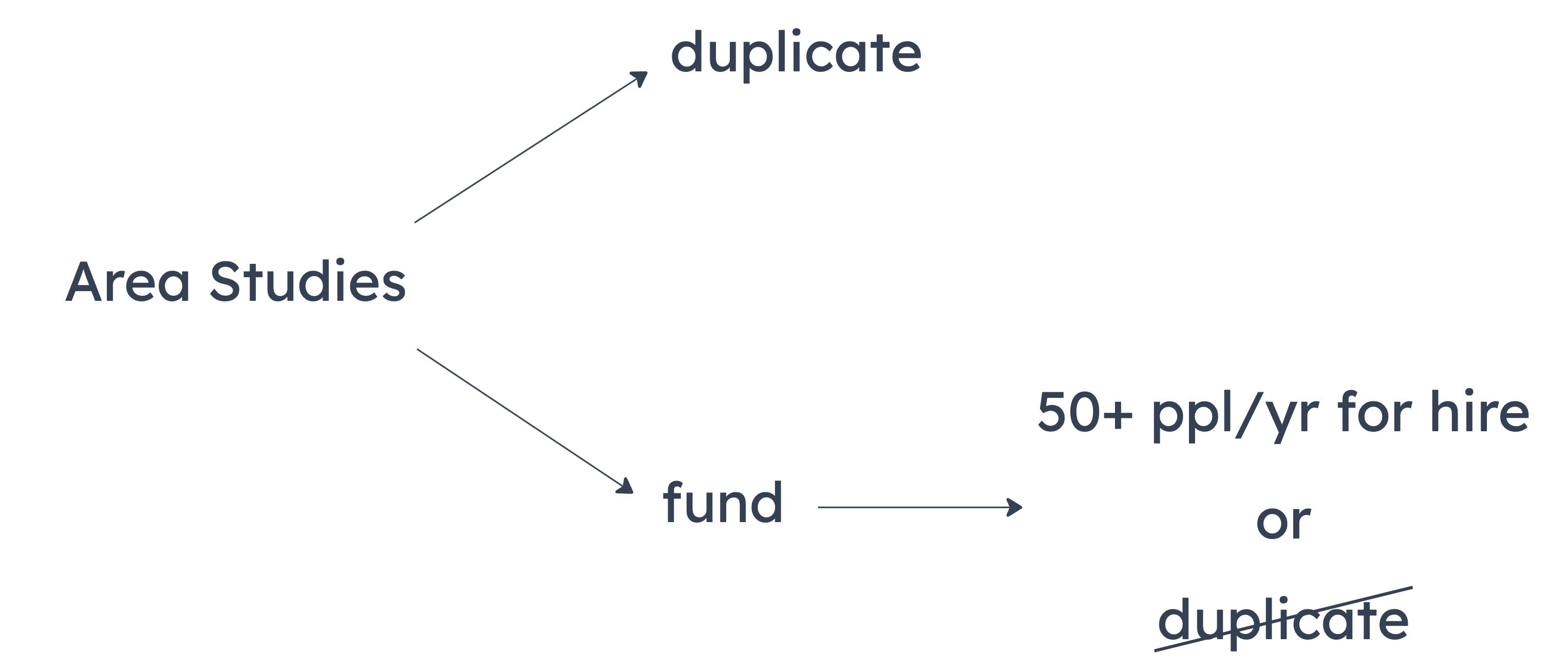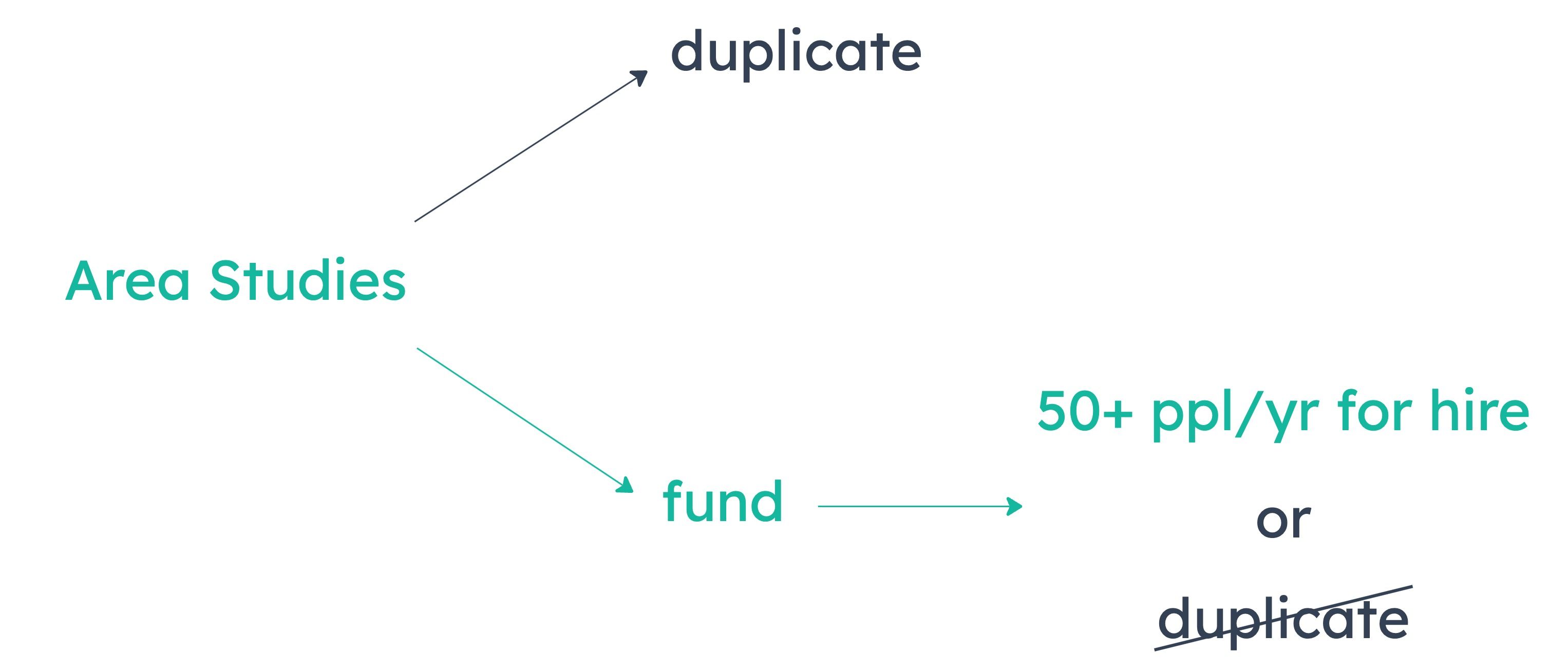Sign up to star your favorites LSAT 62 - Section 4 - Question 06
May 13, 2012Sign up to star your favorites LSAT 62 - Section 4 - Question 07
May 13, 2012Sign up to star your favorites LSAT 132 - Section 4 - Question 01
May 13, 2012
A
One hypothesis about why fish living near coral reefs exhibit such bright colors is that the fish are camouflaged by their bright colors.
B
The fact that many species use camouflage to avoid predators is one reason to believe that brightly colored fish living near reefs do too.
C
The suggestion that the fish living around coral reefs exhibit bright colors because they are camouflaged by the reefs is mistaken.
D
A reef stripped of its fish is relatively monochromatic.
E
It turns out that the corals in a coral reef are mostly dull hues of brown and green.
Sign up to star your favorites LSAT 132 - Section 4 - Question 02
May 13, 2012Sign up to star your favorites LSAT 132 - Section 4 - Question 03
May 13, 2012
A
People who have relatives with perfect pitch generally receive no more musical training than do others.
B
All of the researchers conducting the study had perfect pitch.
C
People with perfect pitch are more likely than others to choose music as a career.
D
People with perfect pitch are more likely than others to make sure that their children receive musical training.
E
People who have some training in music are more likely to have perfect pitch than those with no such training.
Sign up to star your favorites LSAT 132 - Section 4 - Question 04
May 13, 2012
A
It helps establish the scientific importance of the argument’s overall conclusion, but is not offered as evidence for that conclusion.
B
It is a hypothesis that is rejected in favor of the hypothesis stated in the argument’s overall conclusion.
C
It provides the basis for an analogy used in support of the argument’s overall conclusion.
D
It is presented to counteract a possible objection to the argument’s overall conclusion.
E
It is the overall conclusion of the argument.
Sign up to star your favorites LSAT 132 - Section 4 - Question 05
May 13, 2012
A
Most people who purchase a sunscreen product will not purchase the most expensive brand available.
B
Skin cancer generally develops among the very old as a result of sunburns experienced when very young.
C
The development of sunscreens by pharmaceutical companies was based upon research conducted by dermatologists.
D
People who know that they are especially susceptible to skin cancer are generally disinclined to spend a large amount of time in the sun.
E
Those who use sunscreens most regularly are people who believe themselves to be most susceptible to skin cancer.
Sign up to star your favorites LSAT 132 - Section 4 - Question 06
May 13, 2012University administrator: Any proposal for a new department will not be funded if there are fewer than 50 people per year available for hire in that field and the proposed department would duplicate more than 25 percent of the material covered in one of our existing departments. The proposed Area Studies Department will duplicate more than 25 percent of the material covered in our existing Anthropology Department. However, we will fund the new department.
Summary
The stimulus can be diagrammed as follows:

Notable Valid Inferences
Some proposals duplicate more than 25% of the material covered in an existing department and are still funded.
There are 50+ people per year available for hire in the field of Area Studies.
A
The field of Area Studies has at least 50 people per year available for hire.
Must be true. The necessary condition for funding is: the department must not duplicate >25% of an existing department’s material, or the hiring availability threshold of 50/year must be met. The proposal duplicates >25% and will be funded, so the hiring condition must be true.

B
The proposed Area Studies Department would not duplicate more than 25 percent of the material covered in any existing department other than Anthropology.
Could be false. We have no information about whether the proposed Area Studies Department duplicates material covered in any existing department other than Anthropology, and the stimulus gives us no way to draw this inference.
C
If the proposed Area Studies Department did not duplicate more than 25 percent of the material covered in Anthropology, then the new department would not be funded.
Could be false. “/Duplicate” is not a sufficient condition for funding, so we can’t infer anything about whether the Area Studies Department would be funded if it did not duplicate more than 25% of the material covered in Anthropology (or any other department).
D
The Anthropology Department duplicates more than 25 percent of the material covered in the proposed Area Studies Department.
Could be false. If there’s more material covered in the proposed Area Studies Department than there is in the Anthropology Department, it’s possible that the Anthropology material could fail to duplicate more than 25% of the Area Studies material.
E
The field of Area Studies has fewer than 50 people per year available for hire.
Must be false. The necessary condition for funding is: the department must not duplicate >25% of an existing department’s material, or the hiring availability threshold of 50/year must be met. The proposal duplicates >25%, so there must be 50+ people available to hire per year.
Sign up to star your favorites LSAT 132 - Section 4 - Question 07
May 13, 2012Researcher: Over the course of three decades, we kept records of the average beak size of two populations of the same species of bird, one wild population, the other captive. During this period, the average beak size of the captive birds did not change, while the average beak size of the wild birds decreased significantly.
"Surprising" Phenomenon
Why did the average beak size of wild birds shrink while the average beak size of captive birds stayed constant?
Objective
Any hypothesis explaining these findings must state a difference between the birds in the wild and the birds in captivity that explains why the beaks of the wild birds apparently shrunk. It may be a physical difference between the bird populations or it may be a difference in the way the birds were apprehended and measured.
A
The small-beaked wild birds were easier to capture and measure than the large-beaked wild birds.
This does not explain why the average beak size of wild birds decreased. It would explain why wild birds had smaller beaks than captive birds, but does not state that they became any less difficult to capture over time.
B
The large-beaked wild birds were easier to capture and measure than the small-beaked wild birds.
This does not explain why the average beak size of wild birds decreased. Even if more large-beaked wild birds were captured, it remains a mystery why their average beak size decreased over time.
C
Changes in the wild birds’ food supply during the study period favored the survival of small-beaked birds over large-beaked birds.
This explains why wild birds’ beaks shrunk over the study period. Birds with smaller beaks were favored by natural selection, so they became more prominent in the wild, while captive birds did not experience that change.
D
The average body size of the captive birds remained the same over the study period.
This consistency among captive birds does not explain why the wild birds’ beaks decreased in size. It is possible the average body size of wild birds remained the same as well.
E
The researcher measured the beaks of some of the wild birds on more than one occasion.
This does not explain why the wild birds’ beak measurements decreased. It is not implied that the birds measured repeatedly had beaks that were any larger or smaller than average.